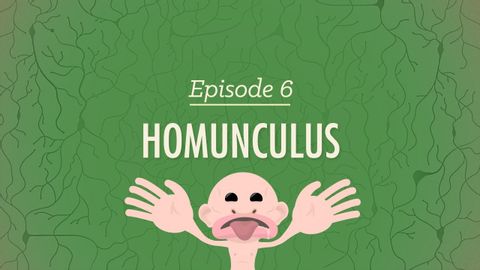
Subtitles & vocabulary
Homunculus - Crash Course Psychology #6
00
Jack posted on 2016/05/30Save
Video vocabulary
sense
US /sɛns/
・
UK /sens/
- Noun (Countable/Uncountable)
- Certain mental feeling or emotion
- Normal or clear state of mind
- Verb (Transitive/Intransitive)
- To perceive using sight, sound, taste touch etc.
- To recognize the presence of something
A1TOEIC
More brain
US /bren/
・
UK /breɪn/
- Transitive Verb
- To strike someone forcefully on the head
- Noun (Countable/Uncountable)
- The part of the head that thinks
- A smart person who often makes good decisions
A1
More extremely
US /ɪk'strimlɪ/
・
UK /ɪkˈstri:mli/
- Adverb
- In a way that is much more than usual or expected
- Remarkably; unusually.
B1
More perception
US /pɚˈsɛpʃən/
・
UK /pəˈsepʃn/
- Noun (Countable/Uncountable)
- Way in which one sees or understands something
- The ability to see, hear, or become aware of something through the senses.
B1
More Use Energy
Unlock All Vocabulary
Unlock pronunciation, explanations, and filters
